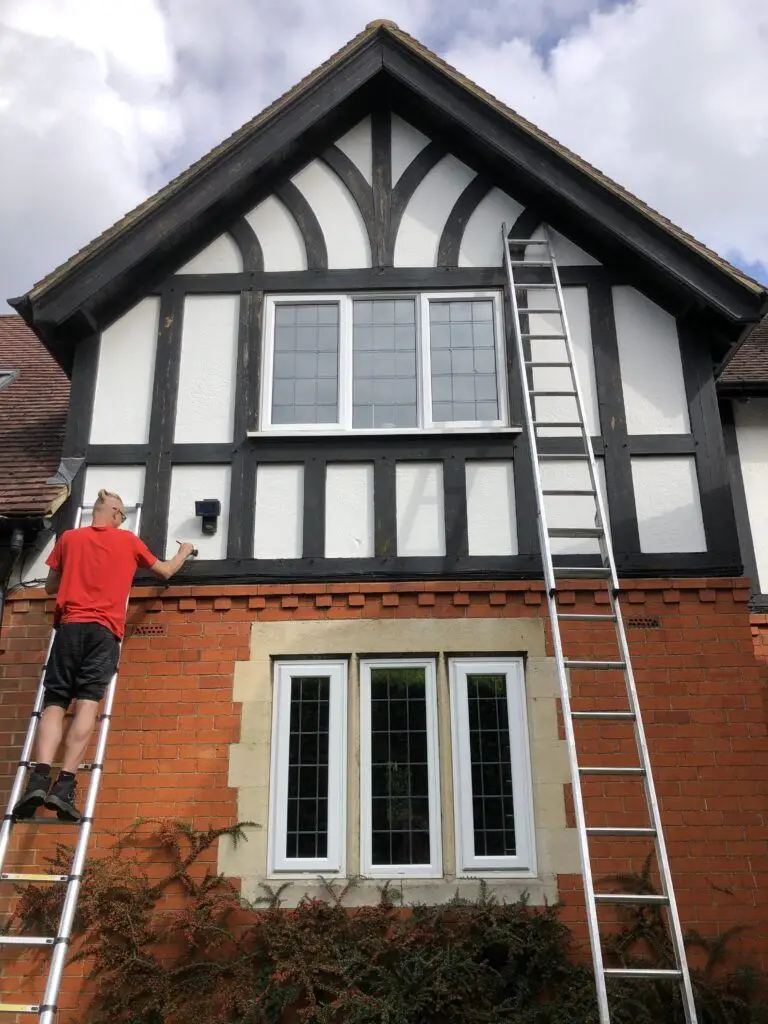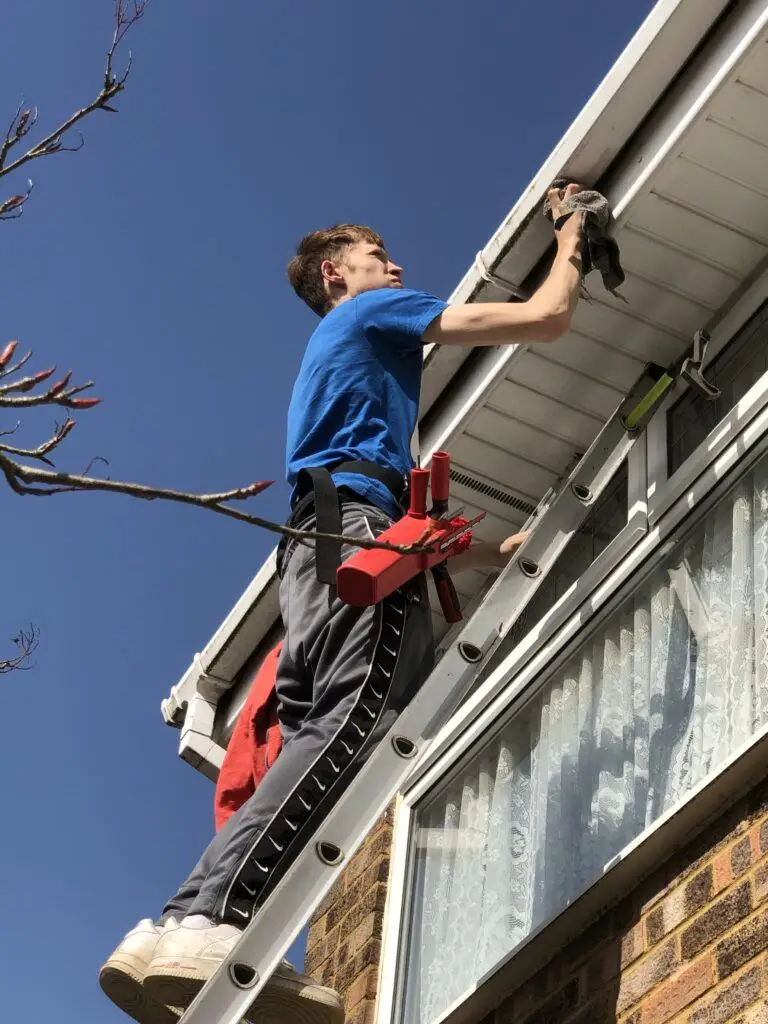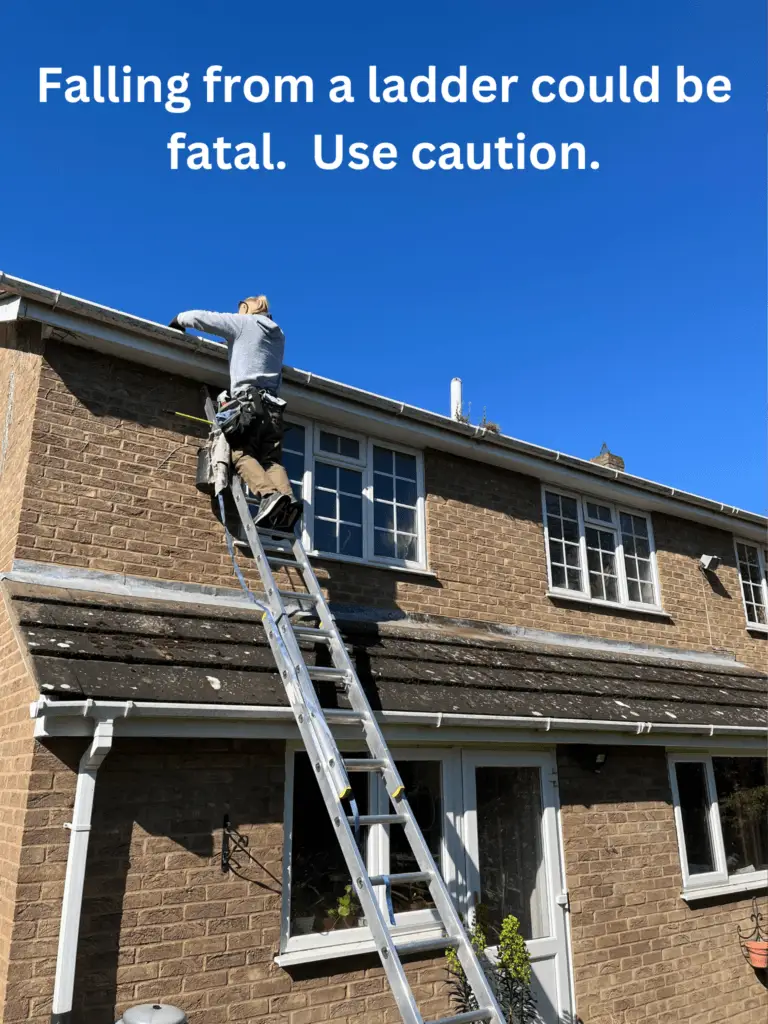I know that setting up a ladder might seem straightforward, but did you realise the importance of doing it safely? Every year, countless accidents occur due to improper ladder use. That’s why I can’t stress enough the importance of understanding the basics of ladder safety.
Safety begins the moment you choose your ladder. You need to ask yourself a few critical questions. Is this ladder tall enough for the job, or would I be risking my well-being by stretching too high? Is it sturdy enough to hold my weight along with any tools I might need?
Before I even open up a ladder, I always take a quick but thorough look to check for any signs of damage or wear. Broken rungs or a compromised locking mechanism? That’s a clear no-go for me. You’re looking for a reliable assistant in your task, not a liability.
Next, you want to make sure you’re setting up on solid ground. I look out for a flat, stable surface—no stones, no mud patches, nothing that might make the ladder wobble. If the ground isn’t trustworthy, neither is the position of your ladder.
Remember, ensuring the ladder is set at the right angle is crucial for stability. I adhere to the 4-to-1 rule: for every four feet in ladder height, the base should be one foot away from the wall. This golden rule has saved me from wobbly situations more times than I can count.


